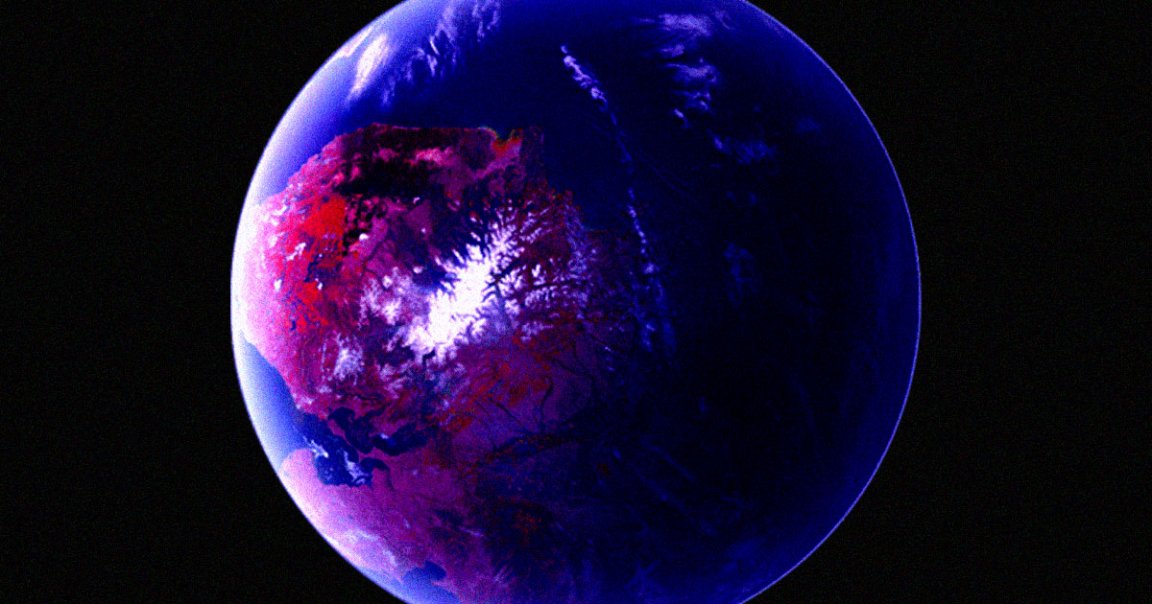
NASA’s James Webb Telescope is gearing up to officially begin scientific operations later this summer. And scientists are already excited for it to start scanning distant worlds for signs of life.
There are plenty of places to look, of course. Researchers have already confirmed the existence of almost 5,000 exoplanets, with many more on the way. And out of an estimated 300 million planets suspected to harbor a “Goldilocks” region in which liquid water and thereby life could exist, NASA’s Kepler mission alone has confirmed several hundred.
Canadian astronaut legend Chris Hadfield has his own suggestion, opining this past weekend that Kepler-442b would be “an excellent planet for [NASA’s James Webb Telescope] to have a look at.”
Hadfield’s reasoning, according to a quote tweet, was that some experts actually believe that Kepler-442b — which is about 1,200 light-year from Earth, by the way — may be more habitable than our own planet.
In a paper published in The Astrophysical Journal in 2015, a team of astrobiologists argued that several exoplanets identified by NASA’s Kepler and K2 missions, including Kepler-442b, were highly likely to possess liquid surface water, like Earth.
“We ranked the known Kepler and K2 planets for habitability and found that several have larger values of H [the probability of it being terrestrial] than Earth,” reads the paper.
The researchers’ goal was to cut down on the number of exoplanet candidates so we could hit the ground running and observe the most likely candidates first.
“Basically, we’ve devised a way to take all the observational data that are available and develop a prioritization scheme, so that as we move into a time when there are hundreds of targets available, we might be able to say, ‘OK, that’s the one we want to start with,'” lead author Rory Barnes from the University of Washington told Wired in 2015.
NASA’s JWST will use various methods to take a close peek at the atmospheres of exoplanets orbiting distant stars. Some scientists even suspect it’ll be sensitive enough to spot atmospheric pollution from any alien civilizations lurking out there.
Regardless, we could find out soon. The telescope recently locked on to its first star, and is now calibrating its delicate array of golden mirrors. It’s our best chance yet at getting a close look at habitable planets outside of our own solar system.
More on the JWST: Scientists Already Plotting How James Webb Could Detect Alien Civilizations